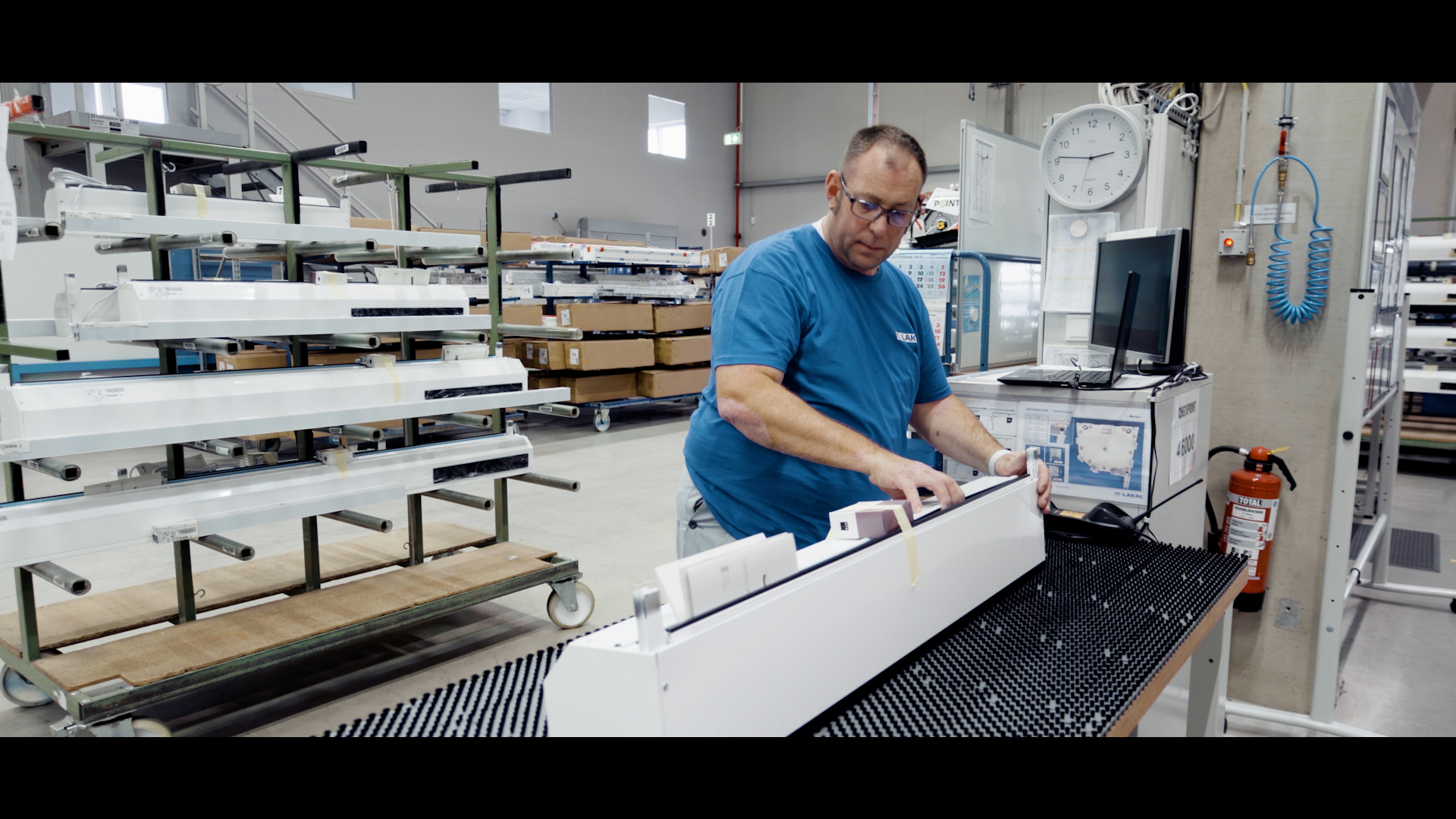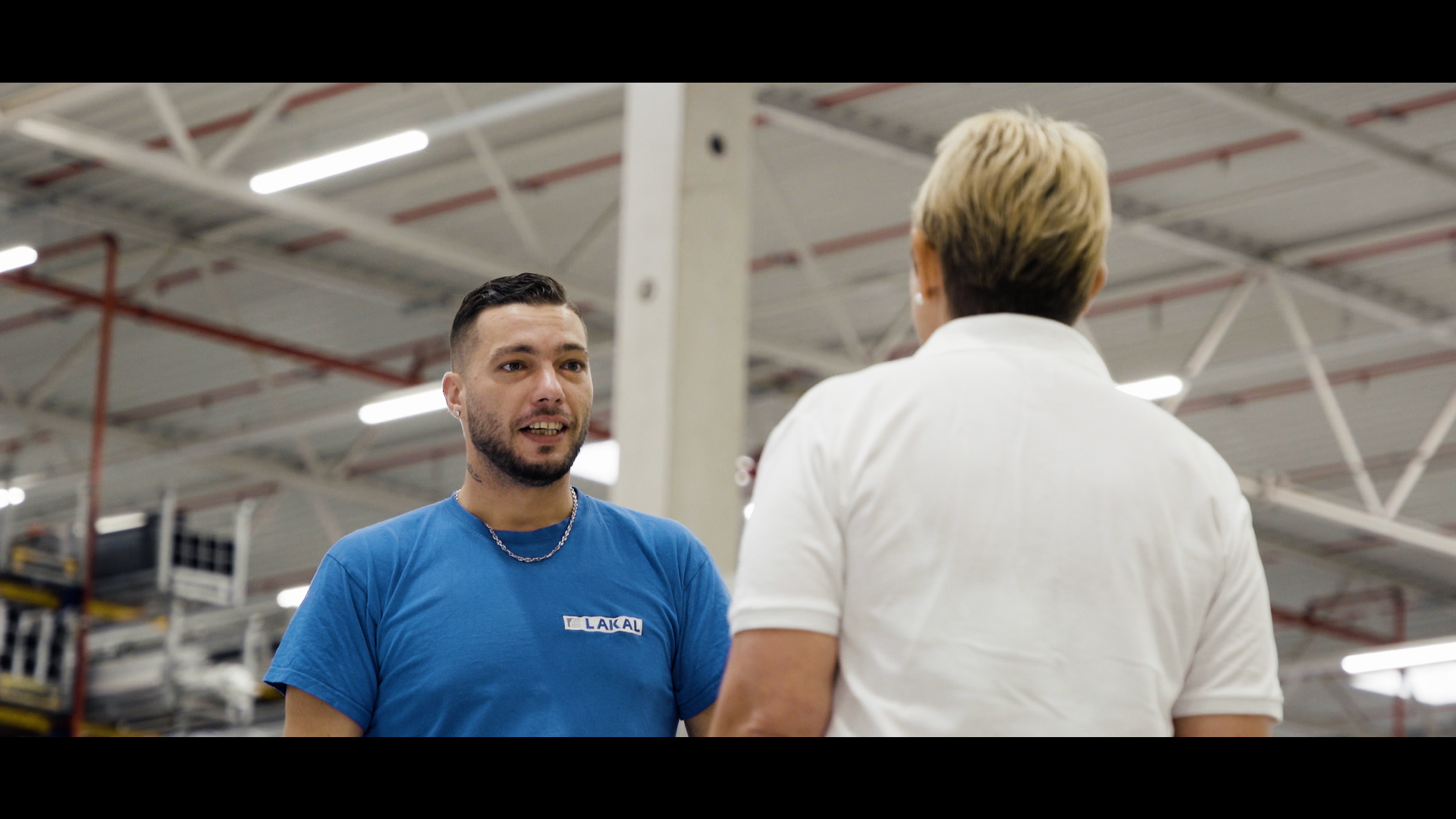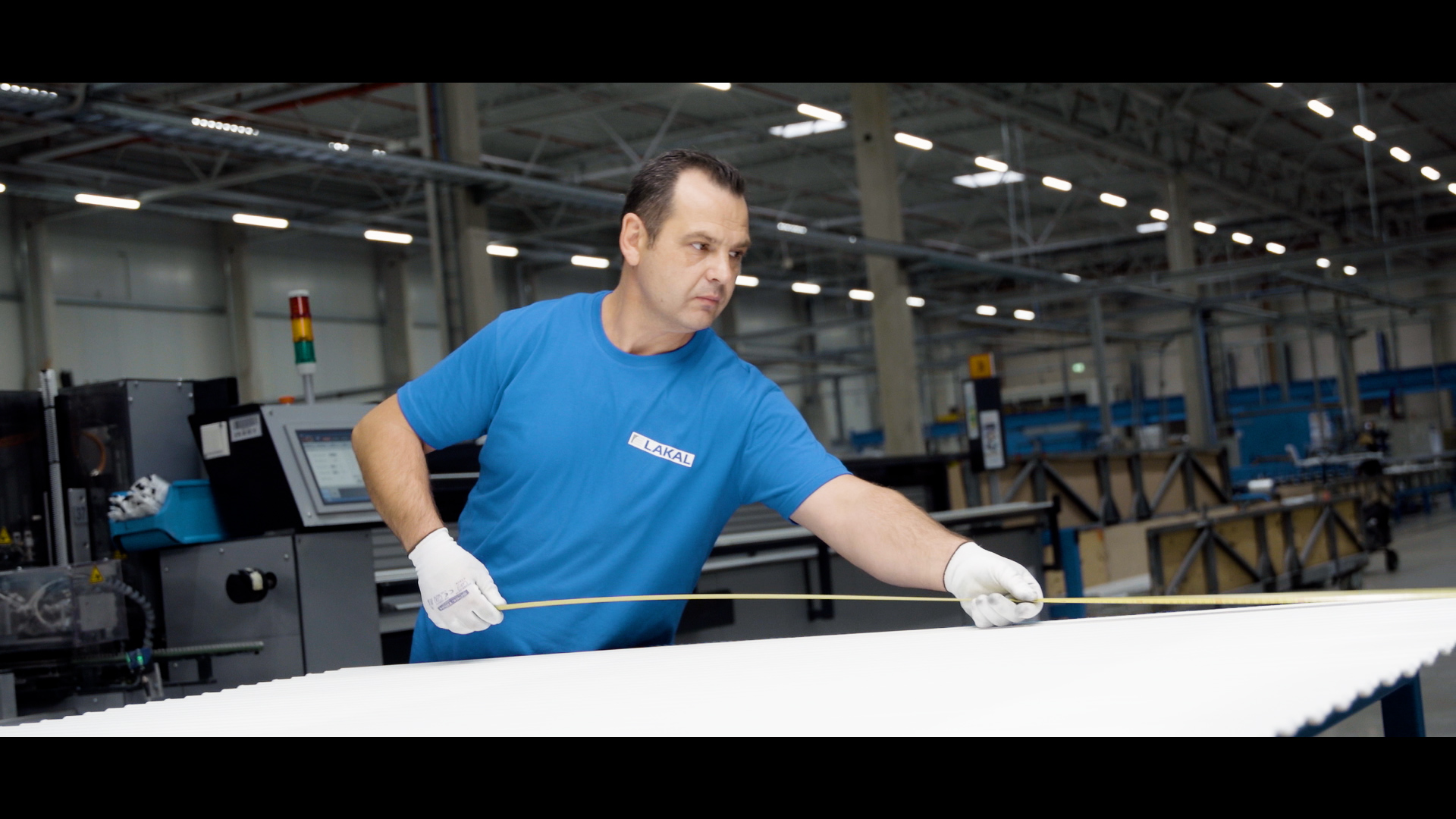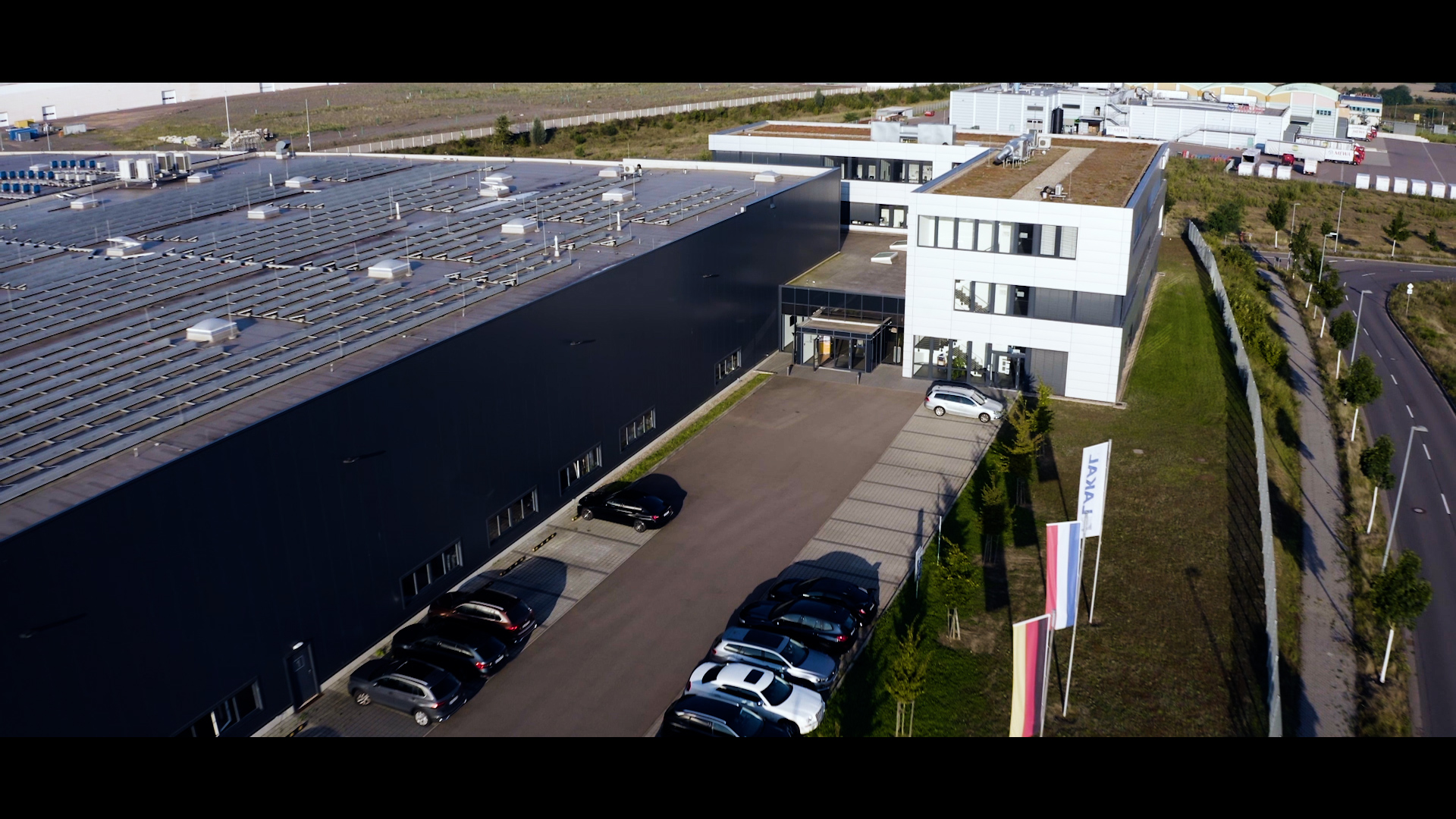- Blog
TRENDS IN THE CROSS-BORDER LABOUR MARKET IN THE GREATER REGION





The World Trade Center Metz-Saarbrücken presents its analysis of the specificities of this employment area which impact the daily life of companies and employees, based on the work of Alexa HIMBERT of the INTERREGIONAL LABOUR MARKET OBSERVATORY (IBA/OIE network) and Achim DÜRSCHMID of the BUNDESAGENTUR FÜR ARBEIT in Saarbrücken.
The reference employment area extends from Wallonia to Saarland, via Luxembourg, southern Rhineland-Palatinate and Lorraine. Statistics for the year 2021 show a flow of 258,000 cross-border commuters in these areas on a daily basis to their place of work.

Employment rates by age group
In the Grande Région, 72.6% of the population aged 20 to 64 are employed, with 35% of 15-24 year olds and 58.9% of 55-64 year olds in employment. But employment rates by age group show strong regional disparities: 15-24 year olds are much more active in the German regions (41.9% in Saarland, 51.7% in Rhineland-Palatinate compared with 33.6% in Lorraine, 29.4% in Luxembourg and 20.1% in Wallonia). This can be explained in part by the apprenticeship system traditionally embedded in the economic fabric.
The same is true for employment of 55-64 year olds, with 70 and 71% of this age group in work in the German regions, compared with 49.9% in Wallonia, 46.5% in Luxembourg and 45.6% in Lorraine.
Distribution of jobs by economic sector
In 2020, in the Grande Région, the tertiary sector was largely dominant: private sector services accounted for 44.2% of jobs and public services for 32%. At the other end of the spectrum, only 0.9% of jobs were in the primary sector (forestry, agriculture, fish farming). Industry employed 16.8% of the workforce and construction 6.1%.
This average of course hides geographical disparities, with a rate of industrial employment of over 20% in Saarland and Rhineland-Palatinate, but less than 9% in Luxembourg.
Another particularity of Luxembourg is the particularly active employment rate in the construction and building sector, with almost 11%, which is almost double the rate found in other regions.

Job seekers
In 2021, the unemployment rate was, according to Eurostat, 6.0% in the Greater Region; but there are considerable differences between the regional components. At the end of December 2022, Saarland had 6.4% jobseekers, a slight increase in the annual average (December 2021: 6.1%). In the Grand Est, in the third quarter of 2022, the unemployment rate was 7.1% of the active population (-0.7 points over one year). And at the end of November 2022, it was 4.9% in Luxembourg, also marking a decrease compared to the end of 2021.
Demographics
As far as demography is concerned, statistics already show an ageing population in Germany where the 50+ age group represents 49% of the Saarland population and 46.2% in Rhineland-Palatinate, compared to 34.5% in Luxembourg and an average of 42.8% in the Greater Region.
A projection of the population of working age (20-64 years) by 2050 gives Luxembourg an undeniable advantage, as this age group is expected to grow by more than 20% as a result of the continuous arrival of new inhabitants who will settle in the Grand Duchy over the next 30 years.
At the other extreme, the Meuse, Vosges and Saarland could experience a 20% reduction in the working age population by 2050.
In conclusion, specialists predict a trend towards increased cross-border flows in the future. The major challenge in the Greater Region today is to make up for the shortage of qualified workers in a number of sectors. A rebalancing could be restored in part by adapting training opportunities, particularly cross-border ones, to the new needs of the regional labour market.
Focus on : LAKAL GMBH
To illustrate these figures, we interviewed Ms. Mirjam SCHULZ, Head of Human Resources at LAKAL GmbH, based in Saarlouis - Lisdorf in Saarland/Germany.
The company was founded in 1924 and specializes in the manufacture of roller shutters, garage doors, sunshades and insect screens. France is the company's main market and accounts for 70% of its total sales.
What is the employment rate of cross-border workers in your company?
LAKAL currently employs 320 people, including 180 border workers. We have mainly permanent employees and some fixed-term contracts. The vast majority of these border workers are French. There are also some German border workers living in France.
What trend do you observe in the cross-border job market?
The situation of cross-border employment has been rather stable for many years. The company recruits around its geographical perimeter. As it is located on the French-German border, it recruits in France and Germany.
Concerning training, what diplomas or level of qualification are you mainly looking for when recruiting border workers?
The majority of the cross-border workers are employed in production. Many of them had no qualifications and were trained by the company. All training and qualifications up to higher education are represented among the employees.
Can you tell us what the employment rate of people over 55 is in your company? Do you have an active policy of employing "seniors"?
Age is not an important criterion and the company regularly hires people over 55. What is important is the qualifications and personality of the people hired.
In concrete terms, is language a problem in your recruitment? Do you find enough profiles that speak your language?
The working language in the company is German. However, French is often spoken as well. For some jobs without high qualifications, German can be dispensed with.
Generally speaking, German language skills are an important criterion in recruitment. However, it is becoming increasingly difficult to find staff who master both French and German. In the East Moselle region, mastery of German (Moselle Franconian) is unfortunately decreasing.
Do you have any vacancies today?
Recruitment needs are very high in production and logistics. It is difficult to find good candidates. We are mainly looking for people for quality control, assembly, machine and crane operation.
How do you think cross-border training should adapt to the new needs of companies?
The range of training courses is currently relatively satisfactory. In addition, LAKAL also offers training courses in partnership with Franco-German institutions, German courses for cross-border commuters and in-house training courses which are conducted in French and German.
Interview conducted on 21/02/2023 with Ms. Mirjam SCHULZ, Personalleitung LAKAL GmbH
To find the presentations of the speakers at the Business Lunch on January 13, 2023 at the IHK Saarland, click on the buttons below: